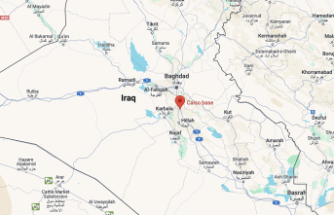The origin of our best friends is the subject of a long debate. In general, scientists believe that thousands of years ago, when we still devoted to hunting and gathering fruits in Eurasia, some wolves came up to us to feed on our carcass. From there, the more familiar you were with us, suppressing his predatory instincts and establishing a covenant of ties so strong that it still lingers. But the man is capricious. And likes the nature around you suits your desires. For several hundreds of years, we have selectively bred dogs to have the physical characteristics and behavior that we liked; that we protect, will help us in the hunt, or be the adorable and cute stuffed toys of our children. We even buy a good dog health insurance so we keep our pets healthy and happy.
A new research published in JNeurosci points out that the structure of the brain of dogs varies according to the breed and is correlated with specific behaviors.
Erin Hecht and his colleagues at Harvard University investigated the effects of this selective pressure on the structure of the brain through the analysis of magnetic resonance images of 62 dogs from 33 breeds different 33 breeds of dogs , among them, the obedient family golden retriever, the active Jack russell, or the noble and fast lebrél English. The team observed a wide variation in the structure of the brain that was not simply related to the size of the body or the shape of the head.
Left: structural differences in three breeds of dogs. Right: Scanning composed of 33 races that show areas that vary the most - Hecht et al., JNeurosci 2019Seis brain networksthe group Then examined the brain areas with the most variation between the races. This generated maps of six brain networks, with proposed functions that varied from the social link up the movement , associated with at least one feature of behavior. The variation in behaviour between breeds was correlated with the anatomical variation in the six networks in the brain tended to be larger or smaller than one specimen to another, and varied in conjunction with each other.
Each of the six brain networks were associated with at least one behavioral trait. For example, according to the author of the study to the journal "Science", boxers and dobermans, sometimes used as police dogs, showed "no significant differences with respect to other breeds in the network that is associated with the sight and smell, for example. Dogs that are bred for the fight sports showed changes in the network that represented the responses of fear, stress and anxiety."
According to Hecht, to study the variation of brain anatomy in dogs provides a unique opportunity to study the evolutionary relationship between behavior and brain structure. Man's best friend can help us to discover how to express certain behaviours in complex organisms, one of the fundamental questions of neuroscience. In addition, the study can lead us to reflect how we are treating animals.
Date Of Update: 23 September 2019, 14:08











